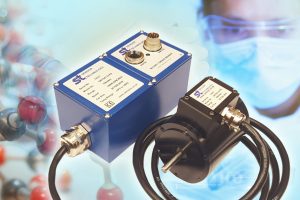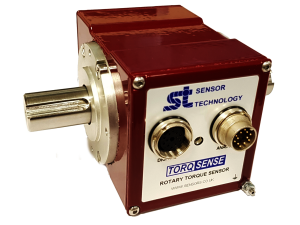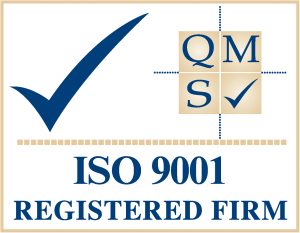Available in other languages:
![]()
![]()
![]()
![]()
![]()
Sensor Technology has set new benchmark performance standards for optical rotary torque transducers, with the launch of the digital ORT 230/240 series. These new optical rotary torque sensors are ideal for applications when the demand is for low torque and/or high bandwidth, providing precise, dynamic measurement of rotary and static torque of less than 100Nm and for bandwidths of up to 50kHz.
The new ORT 230/240 devices replace Sensor Technology’s E200 ORT series, benefiting from all-new electronics that deliver significant gains in resolution, frequency response, reduced sensor current consumption and faster digital data throughput.
The high speed capability comes from an inherently low inertia, since the electronics are not fixed to the shaft, while non-contact operation ensures a long and reliable life (backed up by Sensor Technology’s lifetime warranty) with high accuracy. The optical operating principle also ensures excellent noise immunity.
TorqSense ORT 230 series sensors provide fixed voltage or current analogue outputs – one for torque and one for either speed or power. The TorqSense ORT 240 provides two user selectable voltage or current analogue outputs – one for torque and the other for either speed, power or peak torque – plus digital outputs including RS232, CANbus and USB for interfacing with modern instrumentation and laptops. The ORT 240 enables users to connect up to 10 transducers via USB, and transducer configuration software for making changes to transducer variables.
Features of both devices include self-diagnostics to report if the transducer’s torque, speed ratings or calibration date have been exceeded, while inbuilt sensors monitor shaft temperature for better compensation and accuracy. The device also offers a simple ‘sensor status’ output.
 Complementing these products is Sensor Technology’s TorqView software, providing an easy-to-use advanced torque monitoring package for Windows PCs to assist with data display and recording. It offers real time chart plotting, and is compatible with both Matlab and Excel. Further, LabVIEW VIs are available for users to design their own process control applications, and DLLs are available for users who wish to write their own custom software.
Complementing these products is Sensor Technology’s TorqView software, providing an easy-to-use advanced torque monitoring package for Windows PCs to assist with data display and recording. It offers real time chart plotting, and is compatible with both Matlab and Excel. Further, LabVIEW VIs are available for users to design their own process control applications, and DLLs are available for users who wish to write their own custom software.
These latest optical rotary torque sensors are an important extension to the Sensor Technology torque monitoring range, and offer an alternative solution when low torque or bandwidth requirements preclude the use of the more cost-efficient SAW-based TorqSense products.
Optical rotary torque sensors use a pair of gratings attached a short distance apart on a strain-sensitive shaft to modulate a light source. As torque is applied to the shaft, a slight twist results which changes the alignment of the gratings and thus varies the light transmitted through to a detector. The use of this technique results in a transducer which is able to detect torque bi-directionally, and which has a fast mechanical and electrical response, low inertia and complete freedom from brushes or complex electronics.
The absence of brush gear allows high-speed operation with a continuous rating up to 30,000rpm standard. Further increases in rpm are available depending upon shaft size. The torque shaft is of low compliance ½° maximum torsion deflection on the smaller transducers and ¼° maximum on the larger transducers at full-scale deflection. Any full scale torque can be specified within the range 10mNm to 100Nm.





